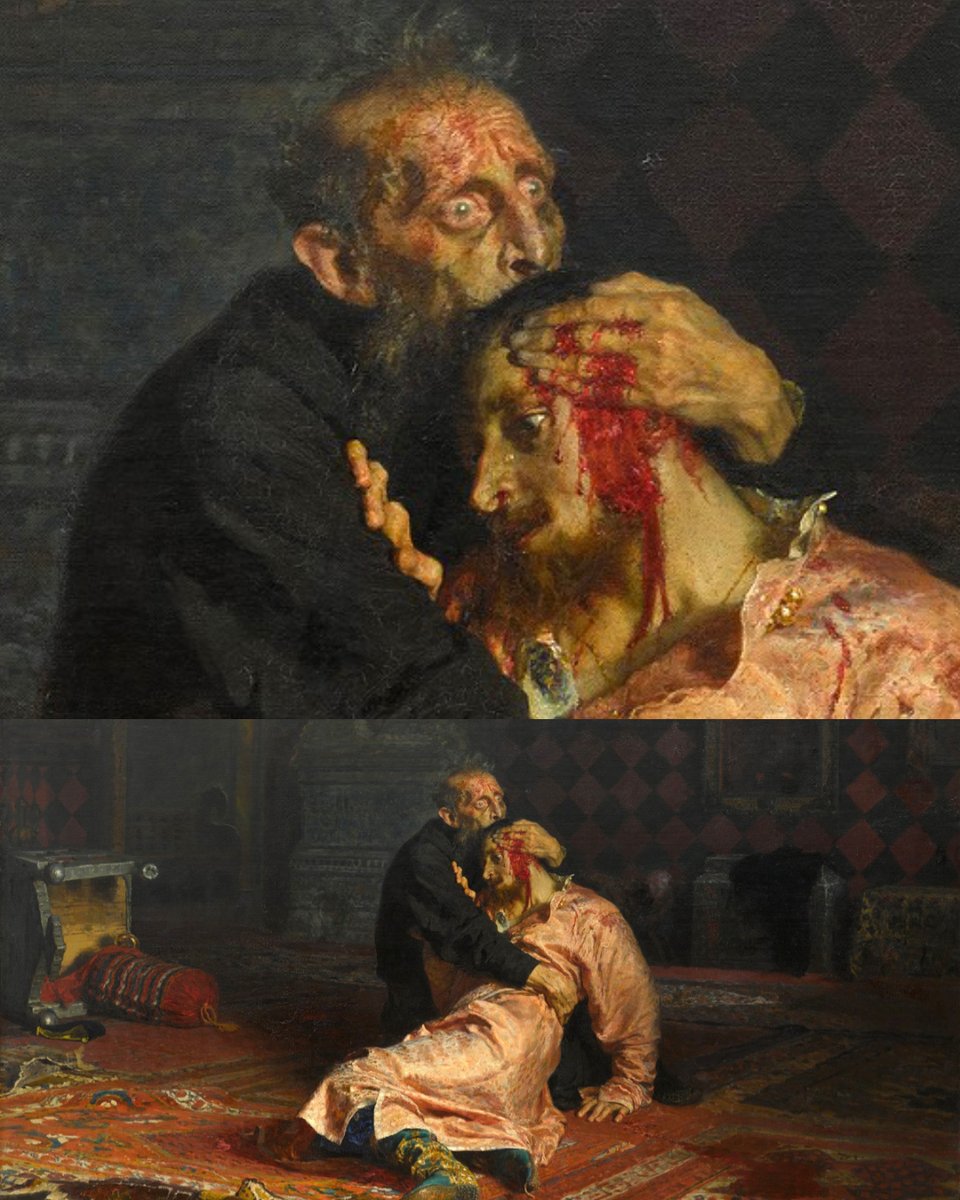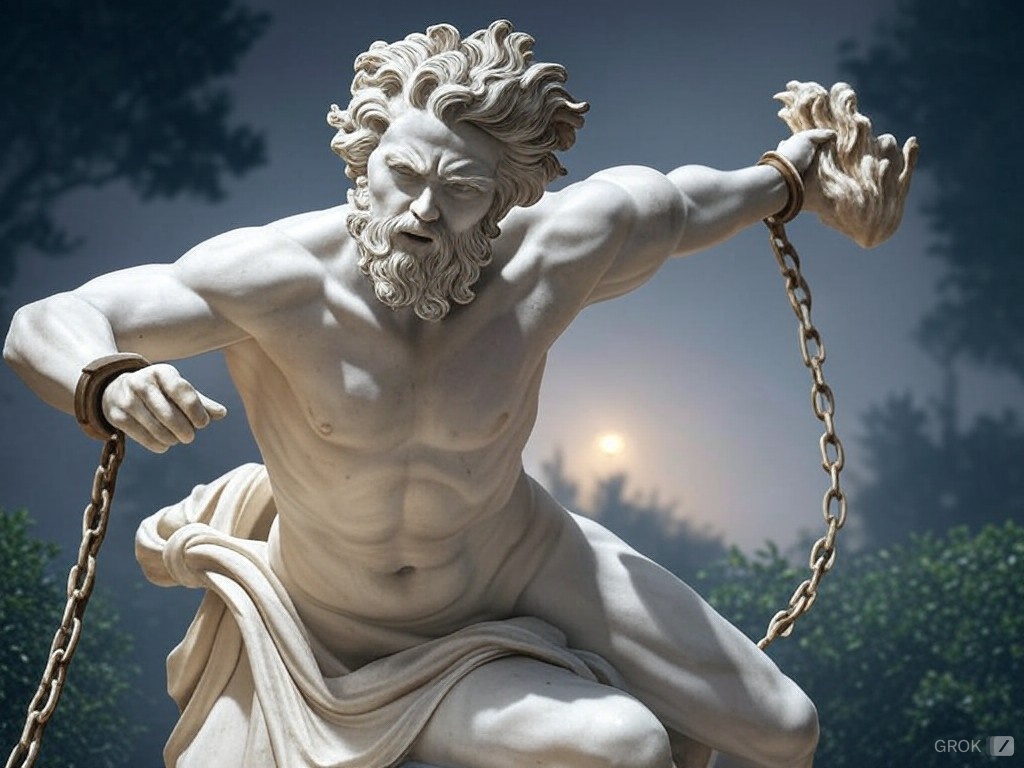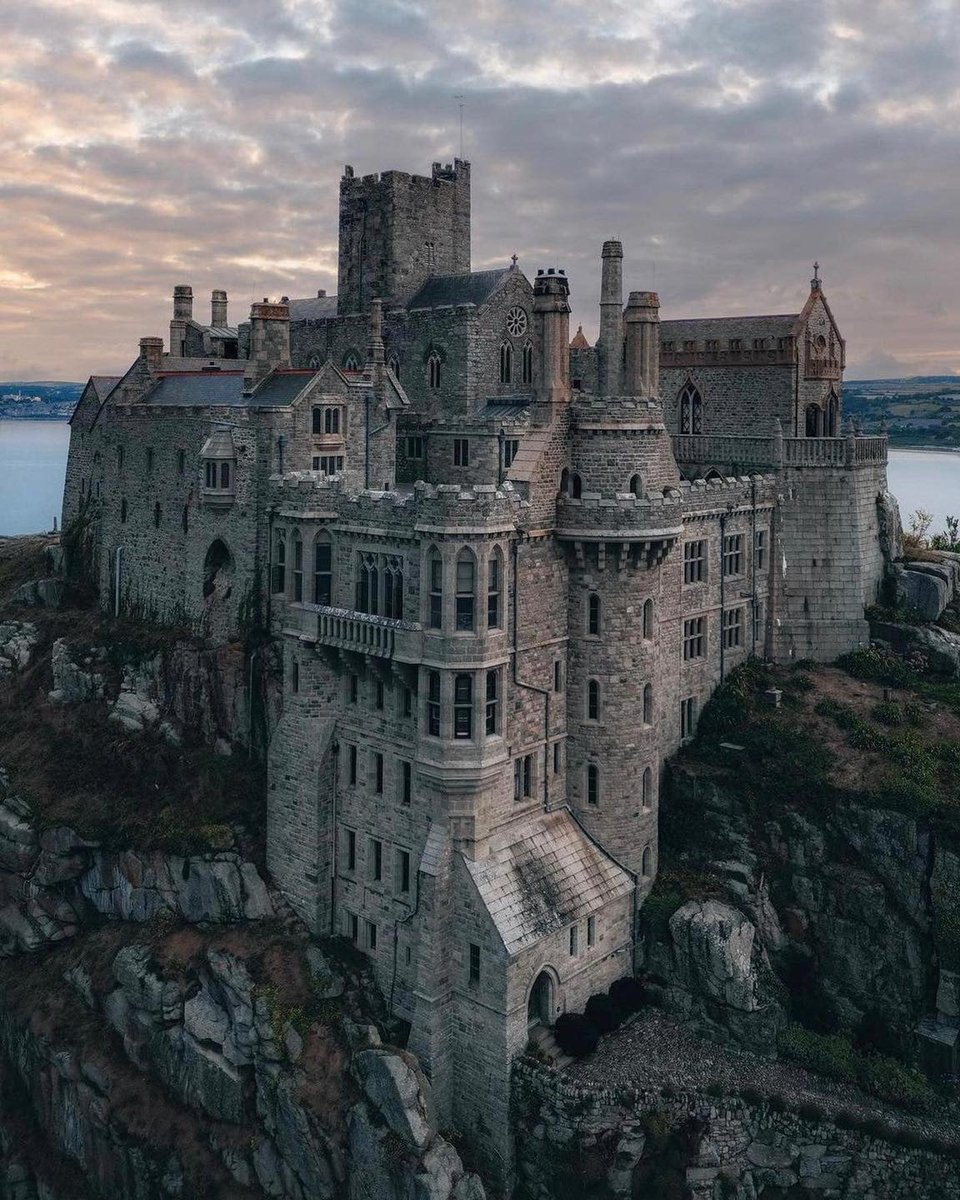2. "The eyes are the windows to the soul"
Microscope maker Hirox has created a stunning 10-gigapixel panorama of Vermeer’s "Girl with a Pearl Earring."
You can zoom into the left eye to see the pupil, and then zoom in further to reveal the light source as a few paint blobs.
Microscope maker Hirox has created a stunning 10-gigapixel panorama of Vermeer’s "Girl with a Pearl Earring."
You can zoom into the left eye to see the pupil, and then zoom in further to reveal the light source as a few paint blobs.

3. This is one of my personal favorites: in Giorgione's "Portrait of an Archer," the young man's hand is reflected in the surface of his armor. 

4. Rembrandt's stunning lace and gown
This amazing detail comes from "Portrait of Maria Trip", a 1639 oil painting by the legendary Dutch painter.
A quintessential example of Dutch Golden Age art, it is now part of the collection at the Rijksmuseum.
This amazing detail comes from "Portrait of Maria Trip", a 1639 oil painting by the legendary Dutch painter.
A quintessential example of Dutch Golden Age art, it is now part of the collection at the Rijksmuseum.

5. Victor Navlet painted this masterpiece in 1855 from memory after flying over Paris in a balloon.
6. This piece portrays human aging as the viewer moves past it.
Sergi Cadenas' style is characterized by meticulous attention to detail.
He uses kinetic optics, layering strips of paint paste on the canvas, then painting a distinct image on each side once the paste dries.
Sergi Cadenas' style is characterized by meticulous attention to detail.
He uses kinetic optics, layering strips of paint paste on the canvas, then painting a distinct image on each side once the paste dries.
7. John Dee, Elizabeth I's occultist and alleged spy, signed his work as "007."
This piece depicts Dee conducting a ritual for the Queen.
Intriguingly, X-rays uncovered a ring of skulls hidden in the backdrop — a chilling detail for the man known as the "Queen's Conjuror."
This piece depicts Dee conducting a ritual for the Queen.
Intriguingly, X-rays uncovered a ring of skulls hidden in the backdrop — a chilling detail for the man known as the "Queen's Conjuror."

9. A clothing detail from "Portrait of a lady" by William Larkin, 1613.
The level of intricacy is beyond belief.
The level of intricacy is beyond belief.

10. Caravaggio's "Supper at Emmaus" features a subtle hidden message.
A branch in the fruit bowl curves into the shape of a fish, a Christian symbol from the second century.
Still unsure? Look closely and you'll spot a fish-shaped shadow to the right of the bowl.
A branch in the fruit bowl curves into the shape of a fish, a Christian symbol from the second century.
Still unsure? Look closely and you'll spot a fish-shaped shadow to the right of the bowl.

11. Ivan the Terrible’s sorrow and guilt after unintentionally taking his son’s life in a burst of anger.
"Ivan the Terrible and His Son Ivan" by Ilya Repin, 1883-85.
"Ivan the Terrible and His Son Ivan" by Ilya Repin, 1883-85.

12. What is the meaning behind the gap between the fingers in Michelangelo's Creation of Adam?
God’s fully extended hand represents divine accessibility and eternal presence, while Adam’s hesitant gesture reflects human choice, underscoring the concept of free will.
God’s fully extended hand represents divine accessibility and eternal presence, while Adam’s hesitant gesture reflects human choice, underscoring the concept of free will.

13. Among the most fascinating details in art history is the tiny mirror in Van Eyck's "Arnolfini Portrait."
Only 5.5 centimeters wide, it mirrors the entire room, showing the couple from behind along with two other figures, one of whom might be the artist himself.
Only 5.5 centimeters wide, it mirrors the entire room, showing the couple from behind along with two other figures, one of whom might be the artist himself.

14. This artwork portrays Lucifer immediately after his expulsion from Heaven.
You've seen it dozens of times, but have you ever noticed the single tear streaming down his face? A powerful symbol of his burning rage and defiance.
"The Fallen Angel" by Alexandre Cabanel, 1847.
You've seen it dozens of times, but have you ever noticed the single tear streaming down his face? A powerful symbol of his burning rage and defiance.
"The Fallen Angel" by Alexandre Cabanel, 1847.

15. Rembrandt is the only artist who could portray hands with such remarkable accuracy. It almost looks like a photograph.
"Young Scholar and his Tutor", 1629–30.
"Young Scholar and his Tutor", 1629–30.

16. This is a real treat: a detail of Gustav Klimt's wall painting from the stairway of the Kunsthistorisches Museum in Vienna, Austria. 

17. The Dutch artists of the 17th century were true masters in depicting the intricate beauty of the ruff and lace collar. 

19. "Modern Rome" by Pannini features dozens of other paintings in exceptional detail.
It includes scenes of Rome’s buildings and sculptures from Panini's time, including Michelangelo's Moses and Bernini's David.
Zoom in to truly appreciate this mind-bending masterpiece.
It includes scenes of Rome’s buildings and sculptures from Panini's time, including Michelangelo's Moses and Bernini's David.
Zoom in to truly appreciate this mind-bending masterpiece.

20. This is not a photograph, this is a painting by Johannes Wessmark.
Zoom in to admire the texture of the hair.
Zoom in to admire the texture of the hair.

21. Edvard Munch inscribed a hidden message on The Scream: "Can only have been painted by a madman."
The National Museum of Norway confirmed that this faint pencil note is in Munch's handwriting, made after the harsh criticism following his first exhibition.
The National Museum of Norway confirmed that this faint pencil note is in Munch's handwriting, made after the harsh criticism following his first exhibition.

22. The hidden skull in Holbein's "The Ambassadors"
A skewed skull, visible only when seen from a particular angle, spans the foreground, serving as a memento mori that represents the inevitability of death.
A skewed skull, visible only when seen from a particular angle, spans the foreground, serving as a memento mori that represents the inevitability of death.

24. Leonardo da Vinci's touch is always recognizable, no matter how much you zoom in.
A finger or palm print impression in the priming layer is visible through the thin paint on the left cheek of "The Virgin of the Rocks."
A finger or palm print impression in the priming layer is visible through the thin paint on the left cheek of "The Virgin of the Rocks."

25. "The Last Day of Pompeii" is a large historical painting by Karl Bryullov, created between 1830 and 1833.
The way he captured the fear and emotion in the eyes of the witnesses to Mount Vesuvius' eruption never fails to amaze me.
The way he captured the fear and emotion in the eyes of the witnesses to Mount Vesuvius' eruption never fails to amaze me.

26. This is just one of the reasons why Caravaggio is one of the greatest painters of all time.
The level of detail in Medusa's eyes is simply astounding, and the lips in "Judith Beheading Holofernes" are often praised as the most beautiful in art history.
The level of detail in Medusa's eyes is simply astounding, and the lips in "Judith Beheading Holofernes" are often praised as the most beautiful in art history.

27. Look at this stunning hyper-realistic depiction of a pomegranate.
Italian artist Luciano Ventrone (1942–2021) was often referred to as the "Caravaggio of the 20th century."
Italian artist Luciano Ventrone (1942–2021) was often referred to as the "Caravaggio of the 20th century."

28. A self-portrait in "The Night Watch", 1642.
Rembrandt’s presence is subtly integrated into one of the most famous paintings of all time: on the left side of the central guard, you can see the artist’s eye observing the scene.
Rembrandt’s presence is subtly integrated into one of the most famous paintings of all time: on the left side of the central guard, you can see the artist’s eye observing the scene.

Thanks for reading till the end! If you enjoyed this art-thread please share the first post linked below and follow me for more content: @JamesLucasIT
https://twitter.com/jameslucasit/status/1867653442635772253
• • •
Missing some Tweet in this thread? You can try to
force a refresh























